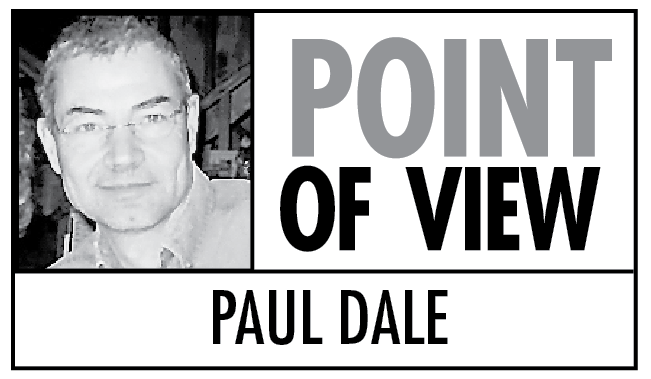It is part of what makes our state and community distinctive: Alaska’s wild salmon runs. They differentiate us from almost all other coastal regions in the world. Fishing is part of our heritage, whether sport, commercial, subsistence or personal use.
The key to sustainability with any natural resource is regulatory stability in terms of business planning and long-term investment. This is a significant problem in Cook Inlet, particularly in the Kenai River, due to salmon allocation issues that have been loudly deliberated for the past several years. With the past few seasons of poor king salmon returns the intensity of the debate has grown. Last year, Kenai River sport fishermen, along with east side setnet fishermen, were closed down to preserve king salmon for spawning escapement.
There is no doubt — we are in a period of low abundance of king salmon in several Alaska rivers. However, the Kenai River king salmon fishery is not at risk or in crisis as high profile sport fishers would like us to believe. Though the king numbers are low, late run post-season analysis by the Alaska Department of Fish and Game showed that the 2012 closures on the Kenai River were unnecessary and were the result of previously misunderstood salmon counting and run timing issues. In fact, late run Kenai River king salmon escapement goals have been met in each of the last 25 years and were over escaped in nine of the last 10 years.
Are the king salmon smaller? Yes, but for a variety of reasons including an overcapitalized, in-river, guided, professional sport fish industry that has systematically targeted large king salmon. The propensity of trophy kings may not correlate directly to a smaller run.
In order to create long-term solutions to the allocation issue, the Alaska Salmon Alliance, or ASA, has a dialogue going with the Mat-Su Fish and Wildlife Commission and the Kenai River Sportfishing Association. We are reaching out to personal-use fishing organizations. ASA is an organization created in 2011 committed to pushing for scientifically based fishery management, geared toward preserving — for all users — the salmon culture that is unique to Alaska.
We are not a part of the lawsuit filed by the Cook Inlet Fisherman’s Fund. We want compromise, not contention. ASA is hoping for meaningful dialogue throughout the fall and winter months to come to consensus on some of the management issues that we can share with Alaska’s Fish Board and state resource development managers, as well as the Alaska Legislature. All user groups benefit from consistent, coherent policy that protects these salmon stocks for today and tomorrow.
In hopes of providing more information on the value of commercial fishing industry, ASA funded a Northern Economics study to identify the financial impact of the commercial Cook Inlet salmon fishery. We were not sure what we would find; however, the numbers from the report tell a positive economic story: There was a total of $2.15 billion accumulated harvest value between 1980-2011, using 2012 dollars.
In 2011, the Cook Inlet Salmon Fishery:
• Was larger than all salmon fisheries in the Lower 48 combined:
• Created more than 5,000 Alaskan jobs; and
• Added $102 million in direct value to our economy.
The full report is available on our website: www.aksalmonalliance.org/article.
The value of this regional industry goes well beyond dollars and cents. It grows our communities. The Cook Inlet salmon fishery creates an opportunity for Alaskans to learn a trade that is handed down from generation to generation, family to family, in our state.
Salmon and Alaska are inextricably linked. Whether you wet a line with a fly, bait or spinner, put a net in the river, or set or drift a net, we need policies that allow this unique natural resource to be shared by all and sustain it for the coming centuries. And we are working toward that goal.
Paul Dale has been a commercial fisherman all his adult life. He is the president of the Alaska Salmon Alliance. He and his wife Brenda own Snug Harbor Seafoods and the couple have five grown children. He has served on the Kenai Peninsula Borough Assembly and is a former Alaska Seafood Marketing Institute Export Board member.



